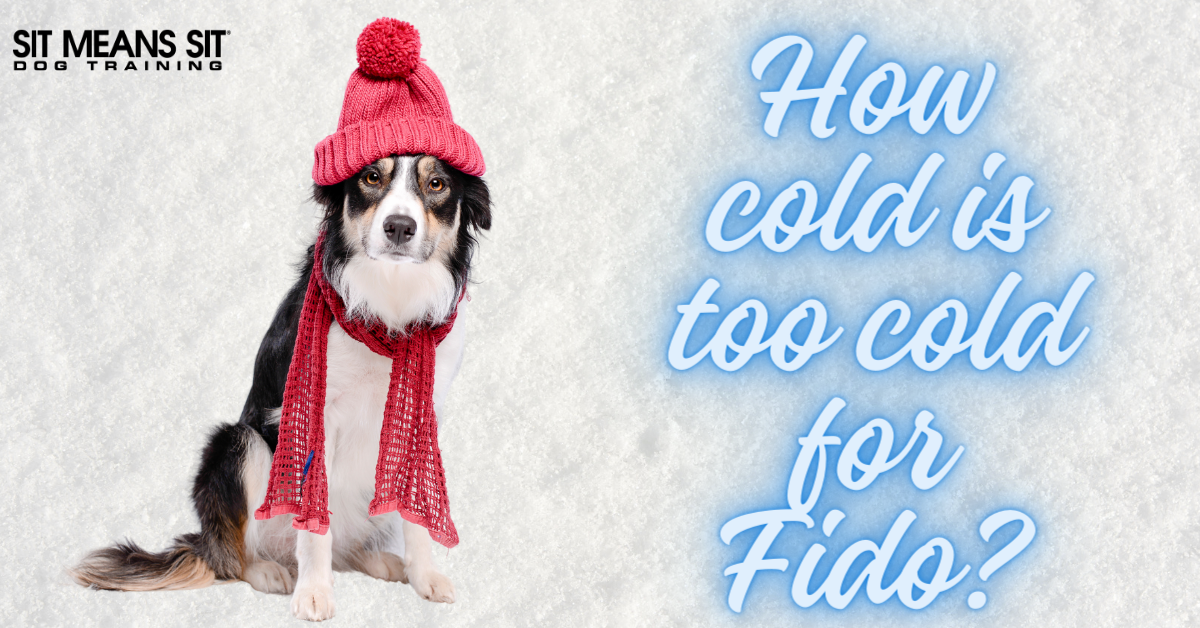
How Cold is Too Cold for Your Dog?
This winter, it’s essential to make sure our pups are as safe as possible. Today, we’ll explore what temperatures are too low for our pups.
There are many variables that decide what is too cold for your pup.
Variables
Your Canine’s Coat
Dogs with double coats, such as Siberian Huskies, are more tolerant of cold temperatures. However, pups with thin coats, such as Great Danes or Boxers, will have a more challenging time in the cold. If your furry friend has a shorter coat, bundle them up tightly with doggy coats and booties. Fur color can also affect a pup’s internal temperature. Pups with darker fur, such as brown or black, absorb heat quicker than dogs with lighter coats, such as tan or white.
Size of Your Pup
A dog’s height and weight affect how it feels the cold. Smaller dogs have a harder time insulating themselves, meaning they get cold much easier. Bigger dogs have an easier time conserving their body heat. The amount of body fat a pup has also affected how they feel the heat. Dogs with a higher level of body heat stay warm longer, while pooches with little amounts of body heat will be affected more heavily.
Dog’s Age & Health
Older dogs and puppies will have a much harder time in the cold than adult dogs. Puppies are more vulnerable to the elements due to their lack of body heat. Not only do seniors have limited control over their bodies and regulations, but they are often affected by a myriad of health issues. These health issues can make them further sensitive to the cold.
Overall Rules
Here are some general rules when it comes to pups and the cold. Dogs are more likely to be affected by cold-related issues, such as hypothermia and frostbite, if the temperature drops below 20F; when taking your furry friends on a walk in cold weather, keep their time outside short and monitor them.
The cold affects dogs in different ways. But you always need to monitor your pups when it drops below 20F. Stay safe this winter!
